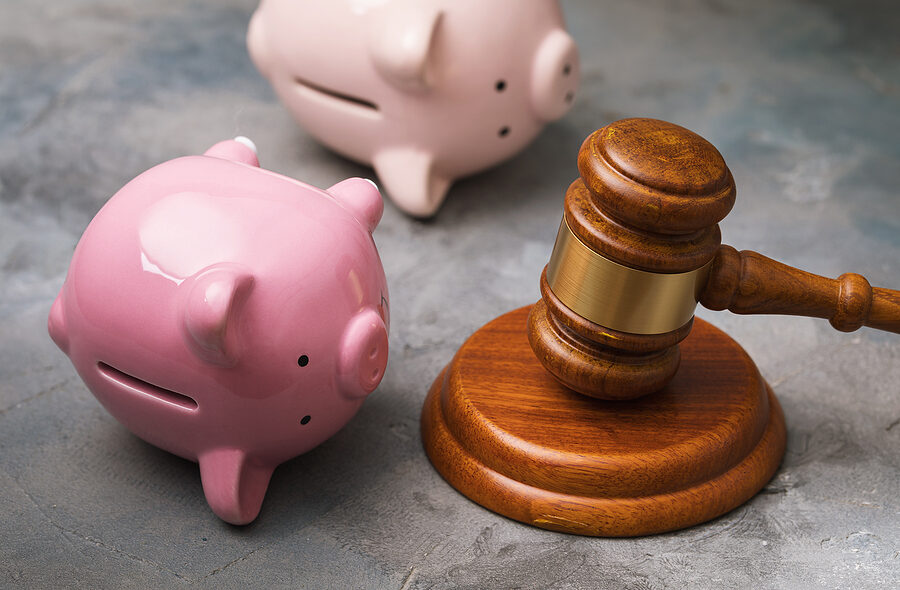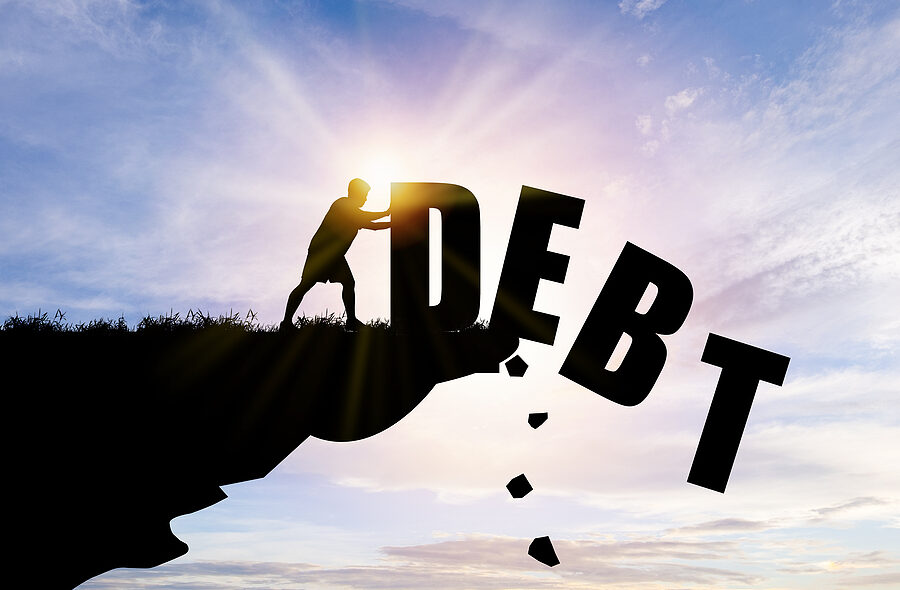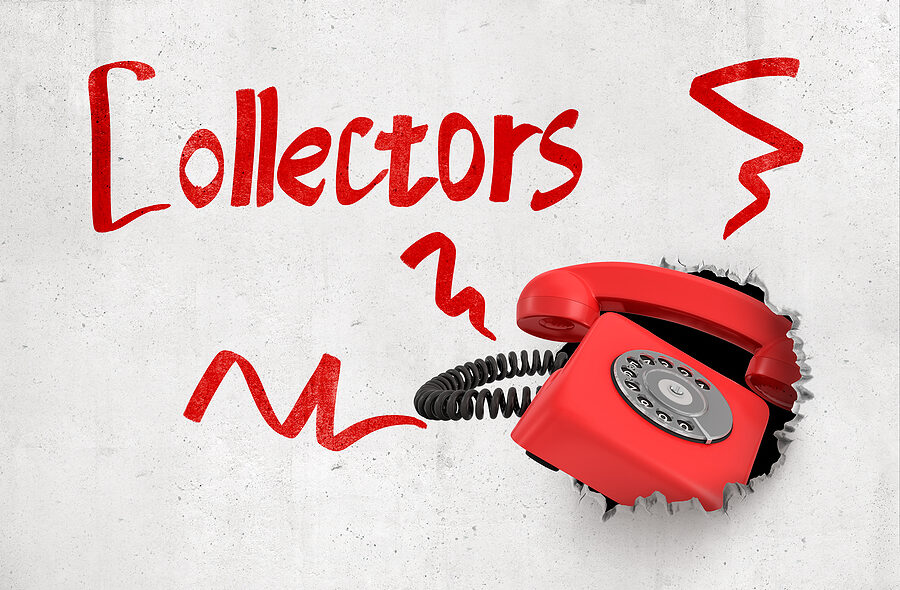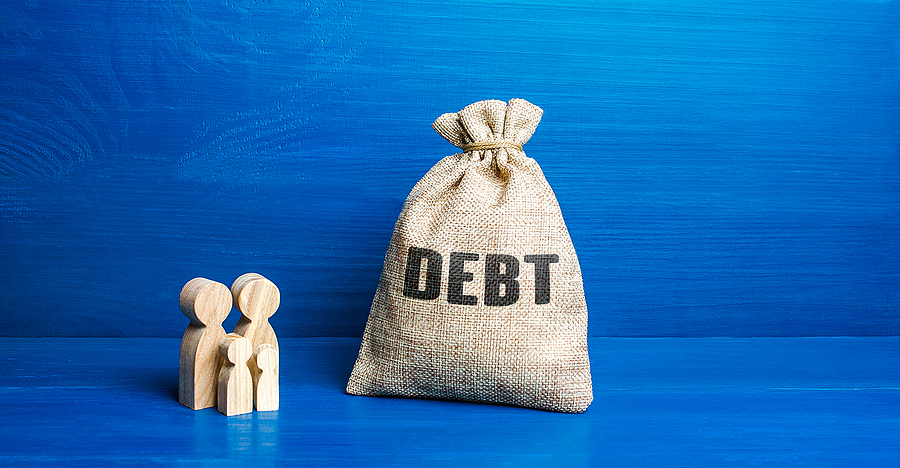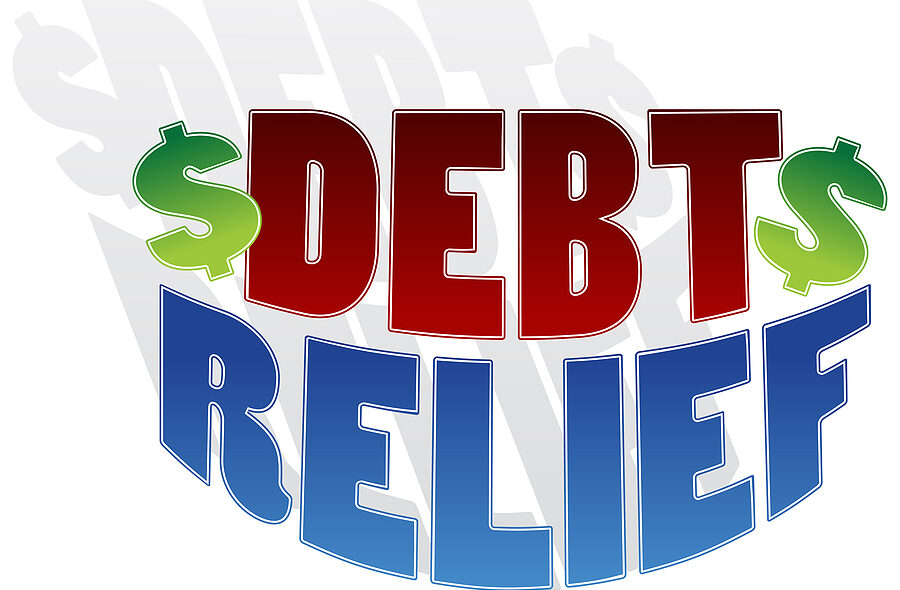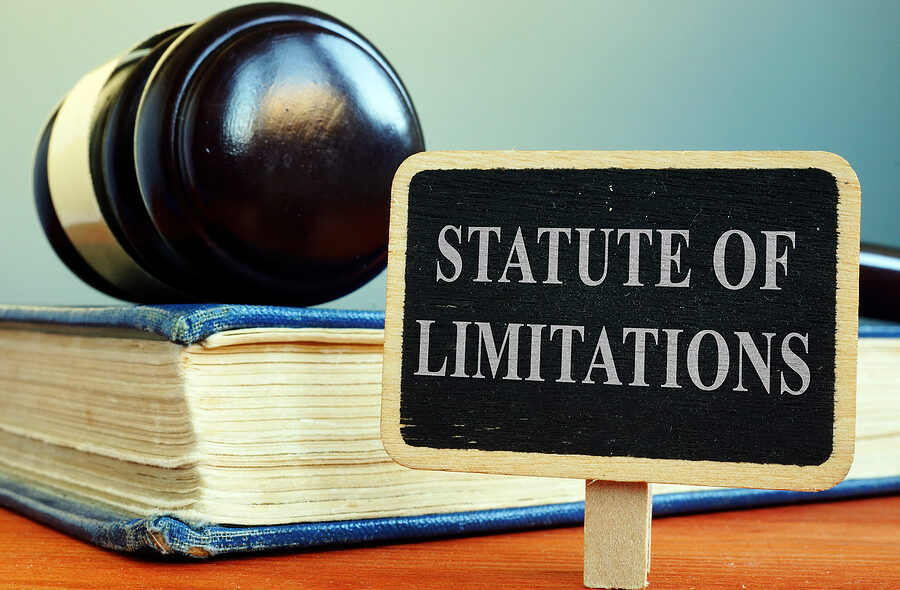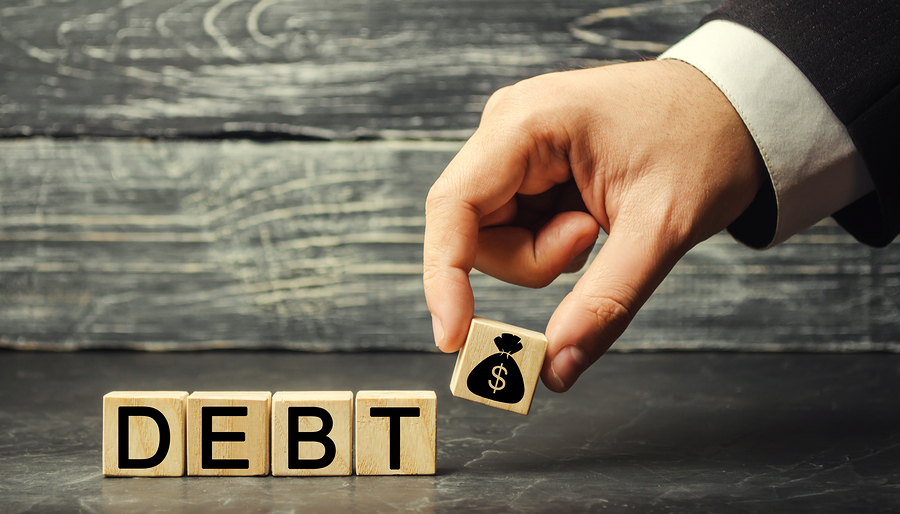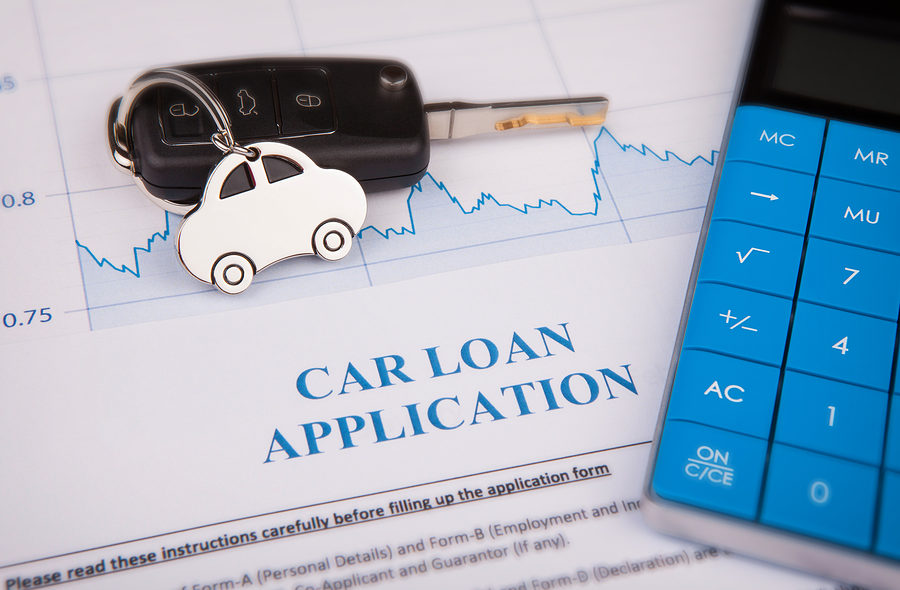A debt relief scheme headquarted in Pompano Beach has scammed nearly 15,000 people across the country, according the Florida Attorney General’s Office and the Federal Trade Commission (FTC).
A civil complaint filed in federal court in Fort Lauderdale alleged that telemarketers at several of the companies managed from the Pompano Beach office building offered to pay off personal debts for customers, settle or obtain dismissals for these obligations and loan consolidation- all while improving their credit scores.
The defendants in the case were Jeremy Lee Marcus, who was described by the receiver as the CEO and an owner of the group of companies in the debt relief operation; Craig Davis Smith, the COO and also an owner; and Yisbet Segrea, an executive who ran the office in Panama, plus dozens of corporate defendants. These included 321Loans Inc., Financial Freedom National Inc., Helping America Group, Marine Career Institute Sea Frontiers Inc., Instahelp America Inc. and Breeze Financial Solutions.
Customers were convinced to pay a few hundred to more than a thousand dollars per month to the “so-called” debt-relief companies and their operators who orchestrated the scheme.
After numerous customer complaints, it was discovered that in most cases no payments were ever made towards the customers' debts. Customers ended up becoming victims. As a result of the scam they incurred even more debt. Some customers were sued by their old creditors or were forced into bankruptcy.
The scheme used Internet advertising and websites, direct mail and unsolicited phone calls to market itself. The company bought presumably legitimate debt-relief firms and used their clients’ names as well as personal and financial information.
Here is how the scam worked:
- Companies in the scam used ads on their website and sent out personal letters to the victims’ home addresses. These companies would go so far as to falsely identify themselves as nonprofits, offering low-interest loans so a consumer could combine all debts and make one payment at a lower interest rate;
- Consumers would have to agree to have their bank accounts debited immediately for their first loan “repayment” or for a processing fee. Then monthly “repayments” were automatically taken from their accounts, ranging from $200 to over $1,000;
- Few or no payments were ever made to creditors;
- When consumers were told by original creditors that none of their bills had been paid, dismissed or settled, the scammers strung them along with false explanations, such as more time was needed to validate the consumers’ debts or to confirm payoff amounts. Clients who called to complain were given excuses and treated poorly. The only contact number available was disconnected.
Click here to read more on the scam.
The following website (www.321loansreceivership.com) has been set up to inform victims and the public about developments in the receivership process.
If you have any questions on this topic or are in a financial crisis and considering filing for bankruptcy, contact an experienced Miami bankruptcy attorney who can advise you of all of your options. As an experienced CPA as well as a proven bankruptcy lawyer, Timothy Kingcade knows how to help clients take full advantage of the bankruptcy laws to protect their assets and get successful results. Since 1996 Kingcade & Garcia, P.A. has been helping people from all walks of life build a better tomorrow. Our attorneys’ help thousands of people every year take advantage of their rights under bankruptcy protection to restart, rebuild and recover. The day you hire our firm, we will contact your creditors to stop the harassment. You can also find useful consumer information on the Kingcade & Garcia website at www.miamibankruptcy.com.

